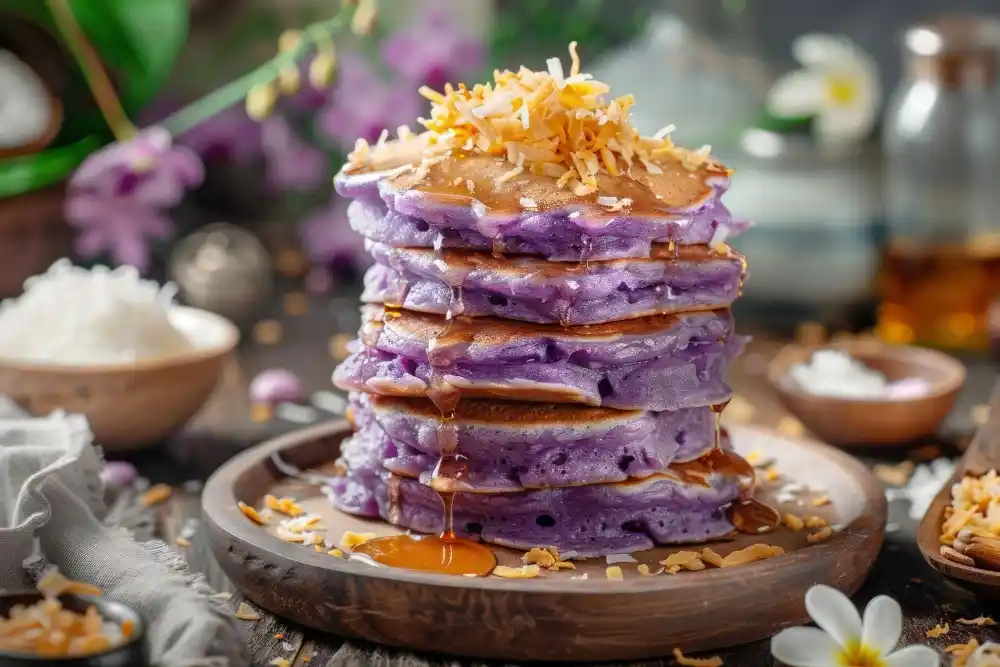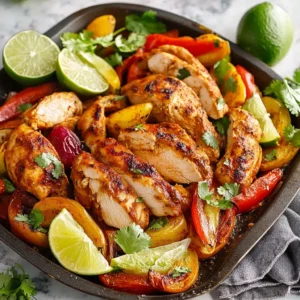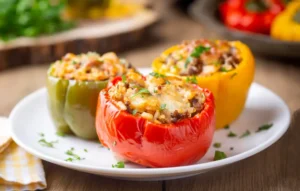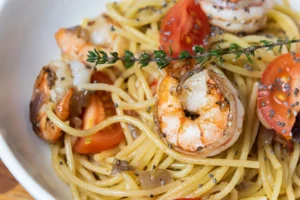Introduction to Taro and Its Culinary Uses
Taro is a root vegetable from Southeast Asia that is now popular in kitchens around the world. It has a mild nutty taste and a gentle sweetness, making it a great choice for both savory and sweet dishes. You can find taro in everything from bubble tea to desserts and even pancakes. Its natural purple color is eye-catching, which makes it a hit with people who love food that looks as good as it tastes.
In recent years, taro has become more popular because it’s flexible and healthy. It works well with flavors like coconut, vanilla, and sugar, bringing out its natural taste. Whether you boil it, mash it, or grate it, taro can be used in many creative ways, including the much-loved taro flavored pancake recipe.
Explore how to elevate your breakfast with taro in this step-by-step guide to taro flavored pancake recipe.
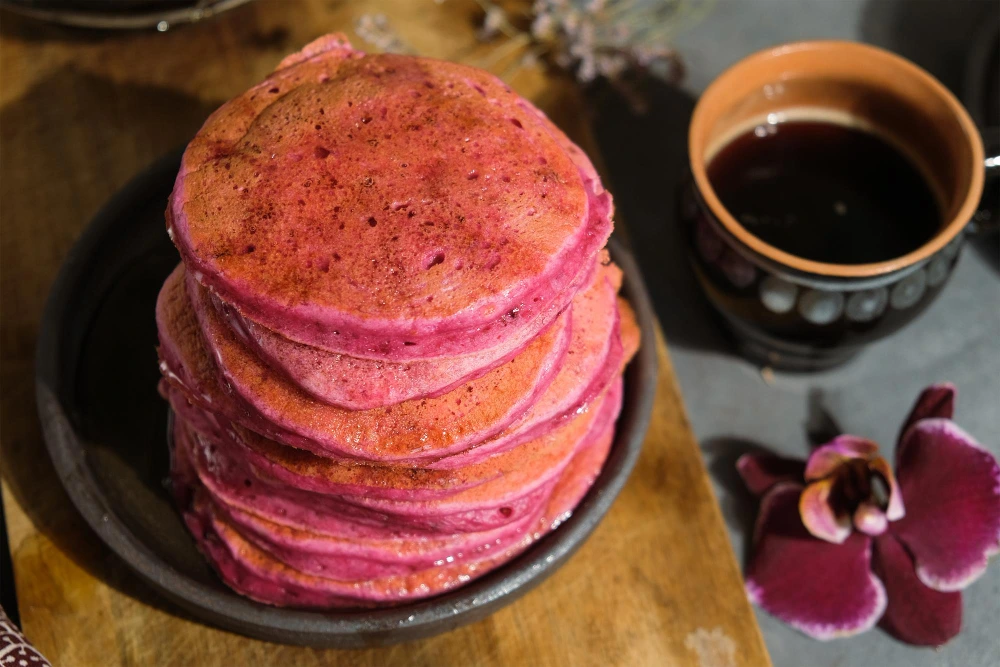
Why Taro Flavored Pancake recipe Are Gaining Popularity
Taro pancakes are taking the culinary world by storm for several reasons. First, they offer a unique taste that stands out from traditional pancake flavors like vanilla or chocolate. The blend of taro’s earthiness with its natural sweetness creates a delightful contrast that appeals to diverse palates.
Additionally, the health-conscious trend has led many to seek alternatives to overly processed foods. Taro flavored pancake recipes often incorporate fresh or minimally processed taro, making them a wholesome choice. Their stunning purple color is also a hit on social media platforms, where visual appeal often translates to increased popularity. Furthermore, these pancakes cater to a growing demand for global flavors in everyday meals, proving that breakfast can be exciting and culturally enriching.
Learn more about the creative ways taro is being incorporated into recipes by checking out this taro pancake variation guide.
Nutritional Benefits of Taro
Taro is not just about taste; it’s a powerhouse of nutrition. Incorporating taro into pancakes brings several health benefits:
- Rich in Fiber: Taro aids digestion and supports gut health. A serving of taro pancakes can help you meet your daily fiber needs.
- Source of Vitamins: Packed with vitamin E and B6, taro promotes healthy skin and boosts energy levels.
- Low in Fat: Despite its creamy texture, taro is naturally low in fat, making it a great ingredient for guilt-free indulgence.
- High in Antioxidants: The purple pigmentation in taro is due to anthocyanins, antioxidants that fight inflammation and improve heart health.
Incorporating taro into your diet, especially through a delicious taro flavored pancake recipe, is an easy and tasty way to reap these benefits.
For a wholesome and nutritious start to your day, explore variations of taro pancakes with ingredients that complement these benefits in this taro flavored pancake recipe guide.
Essential Ingredients for Taro Flavored Pancake Recipe
To make these delectable pancakes, you’ll need a combination of pantry staples and fresh ingredients. Here’s a detailed list:
- Taro Root: Fresh or pre-cooked taro works best for authentic flavor.
- Flour: All-purpose flour is commonly used, but you can substitute with whole wheat or gluten-free options.
- Milk: Dairy milk or plant-based alternatives like almond or coconut milk complement taro’s flavor.
- Eggs: Essential for binding the batter and adding structure.
- Sweetener: Granulated sugar, honey, or maple syrup enhance the natural sweetness of taro.
- Leavening Agents: Baking powder and a pinch of baking soda ensure fluffy pancakes.
- Flavorings: Vanilla extract or coconut essence adds depth.
- Butter or Oil: For cooking the pancakes to golden perfection.
By using these ingredients, your taro flavored pancake recipe will achieve the perfect balance of texture and flavor.
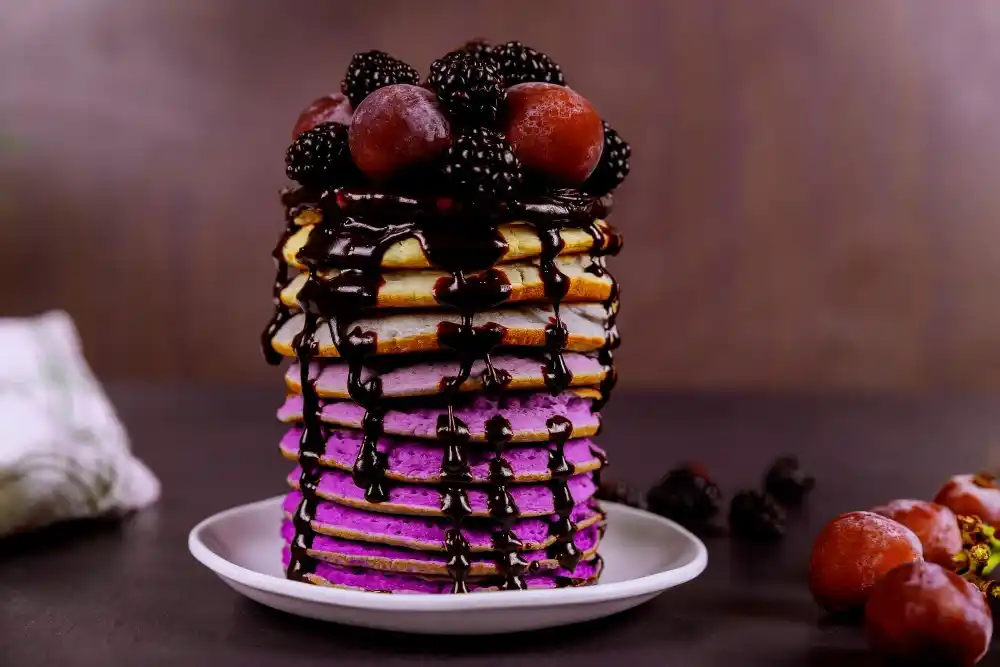
Equipment Needed for Making Taro Pancakes
- Mixing Bowls: For combining wet and dry ingredients separately before mixing.
- Whisk or Hand Mixer: To ensure a smooth, lump-free batter.
- Grater or Food Processor: If using fresh taro, these tools help create a fine paste.
- Non-Stick Skillet or Griddle: Ensures even cooking and easy flipping of pancakes.
- Measuring Cups and Spoons: Accuracy is key for consistent results.
- Spatula: A wide spatula makes flipping pancakes easier without breaking them.
Step-by-Step Guide to Preparing Taro Flavored Pancakes
- Prepare the Taro: Peel and boil fresh taro until soft. Mash it into a smooth paste or blend it with a splash of milk for a creamier texture.
- Mix Dry Ingredients: In a large bowl, combine flour, baking powder, baking soda, and a pinch of salt.
- Combine Wet Ingredients: In another bowl, whisk together the mashed taro, milk, eggs, sweetener, and vanilla extract.
- Create the Batter: Gradually add the wet mixture to the dry ingredients. Mix until just combined; a few lumps are okay.
- Preheat the Skillet: Lightly grease the skillet and heat over medium heat.
- Cook the Pancakes: Pour a ladle of batter onto the skillet. Cook until bubbles form on the surface, then flip and cook the other side until golden brown.
- Serve Warm: Stack the pancakes and serve immediately with your favorite toppings.
Mastering this process ensures your taro flavored pancake recipe is both delicious and visually appealing.
Creative Toppings and Serving Suggestions
Enhance your taro pancakes with creative toppings. Here are some ideas:
- Fresh Fruit: Blueberries, bananas, or strawberries complement the taro flavor.
- Whipped Cream: Adds a light and creamy texture.
- Coconut Flakes: Boosts the tropical essence.
- Syrups: Drizzle with maple syrup, honey, or a taro-flavored sauce for extra indulgence.
Experimenting with toppings can elevate your taro flavored pancake recipe from simple to extraordinary.
Variations of Taro Pancake Recipes
One of the most exciting aspects of a taro flavored pancake recipe is its versatility. You can adapt the recipe to suit various dietary needs or flavor preferences. Here are some popular variations:
- Gluten-Free Taro Pancakes: Substitute all-purpose flour with almond flour or a gluten-free blend. Add an extra egg for better binding.
- Vegan Taro Pancakes: Replace eggs with flaxseed or chia seed gel and use plant-based milk like oat or almond milk.
- Keto Taro Pancakes: Opt for coconut flour and a keto-friendly sweetener such as erythritol or stevia.
- Protein-Packed Taro Pancakes: Add a scoop of protein powder to the batter and adjust the liquid accordingly.
Each variation keeps the essence of taro while catering to unique dietary preferences, ensuring everyone can enjoy this delightful dish.
Common Mistakes and How to Avoid Them
While making a taro flavored pancake recipe is straightforward, some common mistakes can impact the final result. Here’s how to avoid them:
- Mistake 1: Overmixing the Batter
Overmixing can make pancakes dense and chewy. Mix just until the dry and wet ingredients are combined; a few lumps are fine. - Mistake 2: Skipping the Preheat
A properly preheated skillet ensures even cooking and prevents the batter from sticking. Always test with a small drop of water—it should sizzle lightly. - Mistake 3: Using Too Much Batter
Pouring too much batter can make flipping challenging and result in uneven cooking. Stick to 1/4 cup per pancake for the best results. - Mistake 4: Burning the Pancakes
Cooking on high heat can scorch the pancakes. Maintain a medium heat setting to achieve a golden-brown exterior without burning.
Storing and Reheating Taro Pancakes
- Storage:
- Refrigerate: Place pancakes in an airtight container and store them in the refrigerator for up to 3 days.
- Freeze: Layer pancakes between sheets of parchment paper in a freezer-safe bag for up to 3 months.
- Reheating:
- Microwave: Warm individual pancakes for 20–30 seconds.
- Oven: Reheat in a preheated oven at 350°F (175°C) for 5–7 minutes.
- Skillet: Heat on a non-stick skillet over low heat for a few minutes on each side.
Following these steps ensures that your taro flavored pancake recipe stays as delicious as when freshly made.
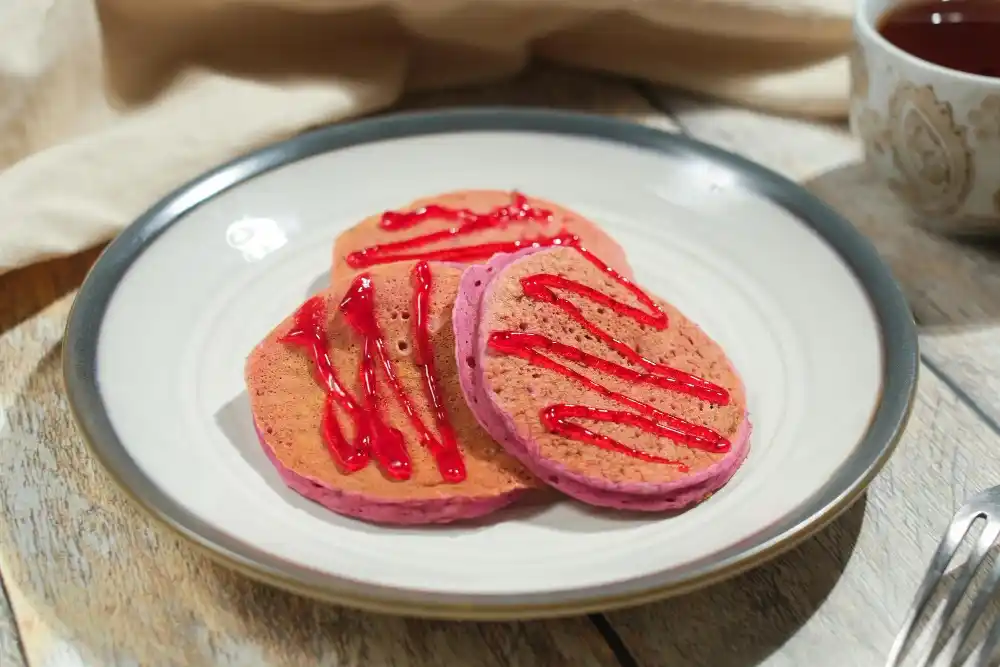
FAQ’s:
1. How do you add flavor to pancake mix?
Improving pancake mix is easy and can make plain pancakes more delicious. First, add flavors like vanilla, almond, or coconut to the batter. You can also mix in spices like cinnamon or nutmeg for extra warmth. Adding fruits, such as mashed bananas or blueberries, makes them naturally sweeter. A bit of lemon or orange zest gives a fresh, tangy kick. Finally, mix-ins like chocolate chips or nuts add fun textures. Adjust the sweetness or liquid to get pancakes that are tasty and unique.
2. What is Queen Elizabeth’s pancake recipe?
Queen Elizabeth’s pancake recipe, which she shared in a letter to former U.S. President Dwight Eisenhower in 1960, offers a timeless yet distinctive take on pancakes. To start, the recipe includes simple ingredients such as flour, milk, eggs, sugar, and cream, with a small amount of lemon juice for extra flavor. Next, the preparation involves mixing the batter thoroughly and allowing it to rest before cooking it into thin pancakes, much like crepes. Finally, they are traditionally served with toppings such as golden syrup, jam, or powdered sugar, which add a sweet finish. This recipe, on the whole, reflects traditional British cooking and remains a cherished piece of culinary history.
3. What is the secret of amazing pancakes?
Creating amazing pancakes depends on both the right techniques and quality ingredients. First and foremost, using fresh baking powder or soda ensures the pancakes turn out fluffy and light. In addition, it’s important not to overmix the batter; mixing only until the ingredients are just combined keeps the texture tender instead of tough.
Moreover, letting the batter rest for 10–15 minutes helps the gluten relax, making the pancakes even softer. When cooking, using medium heat is crucial, as it prevents burning while allowing for even cooking. Finally, grease the pan sparingly with butter or oil to prevent sticking without making the pancakes greasy. By following these tips, you can consistently achieve perfect pancakes every time.
4. What is a Russian pancake made of?
Russian pancakes, commonly known as blini or bliny, are thin and crepe-like, made using a straightforward batter. Typically, they begin with flour, often wheat or buckwheat, which gives them a hearty texture. Next, milk or kefir is added to the batter to create richness and a slight tangy flavor. Eggs and sugar are included as well, providing both structure and a mild sweetness. Lastly, recipes often call for yeast or baking soda, with yeast being more traditional as it produces a soft, spongy texture. As a result, blini are versatile and can be enjoyed with savory toppings like sour cream and caviar or sweet options like honey and jam.
Conclusion: Why You Should Try Taro Flavored Pancakes Today
The taro flavored pancake recipe is more than just a popular breakfast choice. It’s a tasty mix of flavor, nutrition, and bright colors. Whether you want to try something new or enjoy a healthy treat, taro pancakes are a great option for everyone. You can customize them in many ways, making them perfect for both simple breakfasts and special events. Try this recipe and turn your breakfast into a fun and delicious experience.
